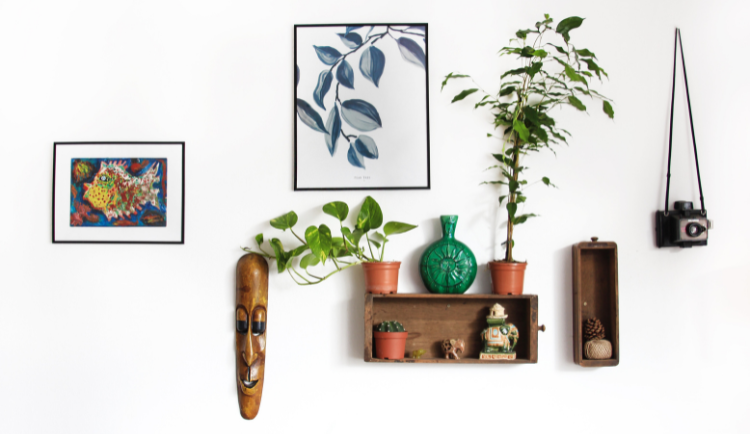Balancing Seasonal and Year-Round Decor for a Happier Home
If you love making your house look and feel like a home, then you’re bound to have a collection of different kinds of decor stored up everywhere for different festivals and seasons each year. However, this can also make one feel overwhelmed, given that the decor needs to be often changed to match the aesthetic of the season, not to mention the clutter that’s bound to happen when you have way too much decor stored in the house.
Creating and maintaining indoor decor needn’t be that hard - all you need to do is find a good way to balance the decor you use by separating them into two sections: Seasonal decor and year-round decor. Once you’ve done this, things simply get easier.
On that note, here are some tips which will enable you to maintain an easier decor process while also keeping your home clean and clutter-free, let’s get started!
Choose decor that’s timeless
For starters, make a list of all the decor you want to have around the house all through the year - this could include certain candles or candle holders, carpets, photo frames and paintings, plants, chinaware and crockery, lampshades, and so on. These are pieces that are going to be there all year-round, and you’re rarely going to get rid of them.
That’s why you need to be extremely picky with the color scheme and objects, because you want them to all blend in with the general aesthetic of the house. Once you’ve figured this out, you can store or give away the rest of the general decor, because it’s best to not have them lying around or taking up too much space since this decor isn’t going to be changed anytime soon.
Once you’ve got your year-round decor figured out, you can move on to managing seasonal decor.
How to add seasonal decor to your home
This is a pretty easy step. Since you already have your year-round decor in place, you won’t need to completely redo your home every time there’s a festival or new season. All you need to do is add tiny accents here and there, which will give the entire home a new look.
For instance, when Fall rolls in after Spring, all you need to do is switch out the bright flowers and vases for some warm candles and throws. Small changes like this can make a big difference when the colors match the aesthetic of the home.
One of the best ways to keep track of what decor goes where and how you can effortlessly decorate your house each year is by documenting your decor changes each time there’s a change - you can try Memento's video creator to do this and always have the video to refer to each year. Happy decorating!
How to manage seasonal decor
First things first, make a list of all the seasons and holidays you generally decorate the house for.
If you need help, here are some common decoration themes most homes follow:
Christmas
New year
Easter
Thanksgiving
Summer
Winter
Spring
Fall
If there are other holidays you celebrated, feel free to add them to the list. Once you’ve got this down, you need to figure out how to sort out your decor.
To start with, find the exact number of cartons you need, depending on the different types of decor you have (for Christmas, Spring, Summer, etc). This way, you can label and store them away with ease, and take them out only when you need them.
Once you’ve done this, you can start separating your decor into the different cartons. Keep in mind that you also have year-round decor already in place, which will mostly stay put throughout the year.
This will give you an idea of exactly how much decor you need for each season, and how many unwanted things you need to get rid of. Once sorted through, you can store them away in the garage, store room, or loft.
For more ideas on how to make fill your home with joy, check out 33 Ideas for a Happy Home.
Read More








